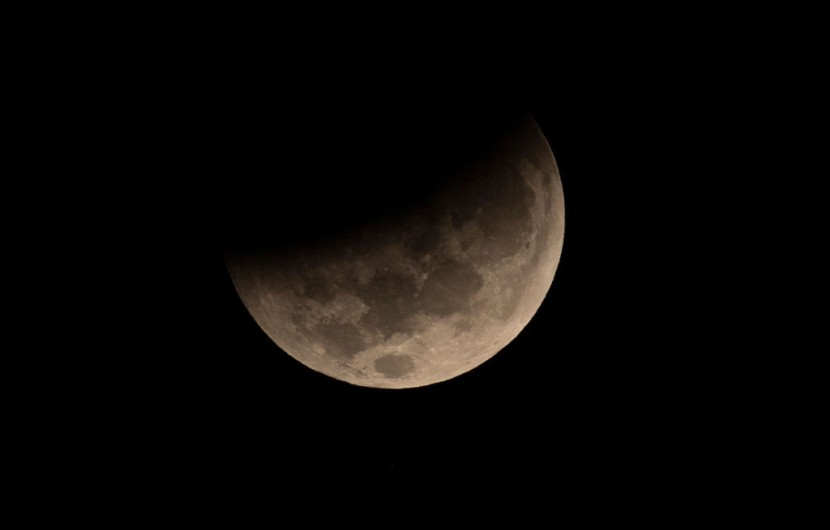A new study suggested that the remnants from the impact that eventually resulted in the moon's formation are still buried deep within Earth's mantle.
A postdoctoral researcher at the California Institute of Technology, Qian Yuan, said the researchers looked into the deeper Earth. He also said that they discovered big chunks of the impactor Theia.
Remnants of the Moon Within Deeper Earth

Yuan's interest in the impactor started during a planetary geochemistry class while he was a graduate student at Arizona State University. He recalled that the professor then asked a straightforward question of where Theia is right now.
Some of Theia now make up the moon, but if it was the size of Mars, roughly 90% of its mass would end up back on our planet. Scientists believe that there are remnants that melted and mixed into our planet's minerals. However, they believe that there is a chance that some pieces of the protoplanet persisted almost intact, as per the New York Times.
Yuan also wondered if these pieces could still be the foundation of two mysterious structures found deep inside Earth. These two structures are located at the boundary between the core and the mantle.
The blobs, one found under West Africa and the other located under the Pacific Ocean, span an area as large as a continent. They stretch upward hundreds of miles into our planet's mantle. Scientists first spotted these structures roughly half a century ago.
Researchers then realized seismic waves slowed down when passing through these regions. However, it is difficult to discern much about the structures other than that they exist, as the seismic data are like a sonogram of the planet. These offer fuzzy, impressionistic views of the structures.
Yuan's study relied on computational fluid dynamics methods pioneered by Prof. Deng Hongping of the Shanghai Astronomical Observatory (SHAO) of the Chinese Academy of Sciences. The researchers also published the study as a featured cover in Nature on Nov. 2, according to Phys.org.
Read Also : Venus May Have Had Plate Tectonics That Made it More Hospitable to Life Billions of Years Ago
Studying the Mysterious Structures
Several generations of scientists have wondered about the details of the moon's formation. The prevailing theory is that during the late stages of our planet's growth roughly 4.5 billion years ago, the massive collision known as the "giant impact" occurred.
Experts have conducted various numerical simulations that indicated that the moon likely inherited material primarily from Theia. There have also been various refined models of the giant impact proposed over the years that have faced challenges.
In 2017, Deng began researching to refine the theory of lunar formation further. He focused on developing a new computational fluid dynamics method known as Meshless Finite Mass (MFM). This method excels at accurately modeling turbulence and material-mixing.
Yuan noted that in the majority of Moon-forming impact simulations, most of the lunar materials come from the impactor. They expect that future missions can get lunar mantle rocks that can be compared with the mantle blobs to see if they share the same chemical signatures, said Science Alert.
Related Article : 'Devil Comet' Dancing Its Way to Nearest Point With Sun
© 2026 HNGN, All rights reserved. Do not reproduce without permission.








